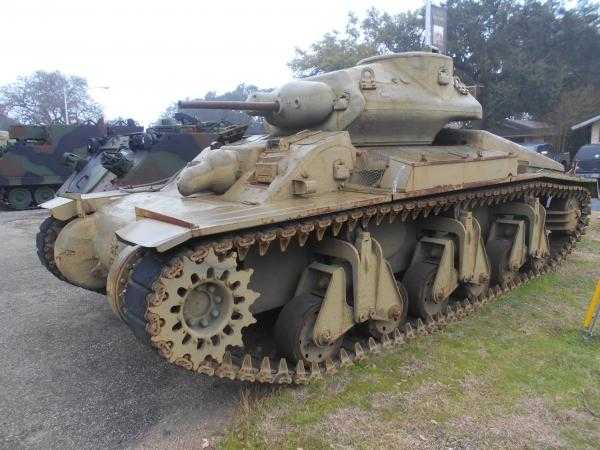

Source: National Australian Archives MP730 10 T he AC E1 – th e testbed for the future Mark IV, with a new turret and twin 25 pounder guns for recoil testing, October 1942 New powerpacksġ6 cylinder 410 horsepower Gypsy Major engine mock-up. Other sources list the AC IVA as a design with enlarged hull dimensions to allow for an increased turret diameter and increased ammunition stowage for either the 17 or 25 pounder gun.

Some documents claim the AC IVA was to be a variation of the AC IV fitted with the 25 pounder and produced at a rate of one 25 pounder armed tank for every three 17 pounder armed tanks. Documents, however, are unclear as to what the AC IVA design actually entailed. The DAFVP responded to these requests with a proposal for an AC IVA design. It was also considered desirable to mount the 25 pounder in the new turret to take advantage of the potential benefits of the 25 pounder gun alongside the 17 pounder. It was therefore decided to increase the turret ring diameter to 72 inches for production vehicles.Īdditionally, the Army was not satisfied with the proposed quantity of 54 rounds of ammunition carried in the prototype, and insisted that a minimum of 74 rounds be met. The 54 inch turret ring had been considered cramped but workable with the 25 pounder, but there were doubts about the efficiency of loading a 17 pounder in a 64 inch turret ring. Concerns had been raised about the design which would further complicate the matter. This, however, was not the finalized design and work would be ongoing for the AC IV until the cancellation of the tank program in mid-1943. These tests proved quite successful and made the AC IV one of the first Allied tanks to mount the 17 Pounder gun. The tank and gun mounting were first test fired on the 11th of November at Fort Gellibrand in Williamstown, Victoria, with tests continuing on until early 1943. The tank was fitted with a locally produced 17 pounder (allegedly one of the first guns produced) equipped with a modified recoil system based off of that developed for the 25 pounder tank mounting. In the same month, the first Australian produced 17 pounder guns were completed at the Maribyrnong Ordnance Factory.

The dual 25 pounder mount took up the majority of the turret space and had to be fired remotely via lanyard. This was done by mounting two 25 Pounder howitzers side-by-side in the turret and firing them simultaneously, this gave an estimated recoil force 20% greater than that of the 17 pounder. The first test was a simulation of the recoil force of a 17 Pounder, and its effect on the tank. The turret ring diameter was also increased from 54 inches to 64 inches, with the E1 hull being suitably modified. The new turret had increased dimensions over the previous AC I and AC III turrets, notably featuring a slightly taller roof and an extended rear bustle with an angled rear facing as opposed to the vertical rear face of the previous types. Source: National Australian Archives MP730 10Ī new prototype turret was fabricated to facilitate mounting the 17 pounder gun, and fitted to the E1 prototype hull. After the July 1942 decision to proceed with increased armament for the Australian Cruisers, a plan for expedited local production of 17 pounders was initiated to replace the previously planned 6 pounder production.Īrtists rendition of the AC IV.

Another offspring of the AC I Sentinel was the AC IV, which was to be equipped with the new British Ordnance QF 17-pounder anti-tank gun.


 0 kommentar(er)
0 kommentar(er)
